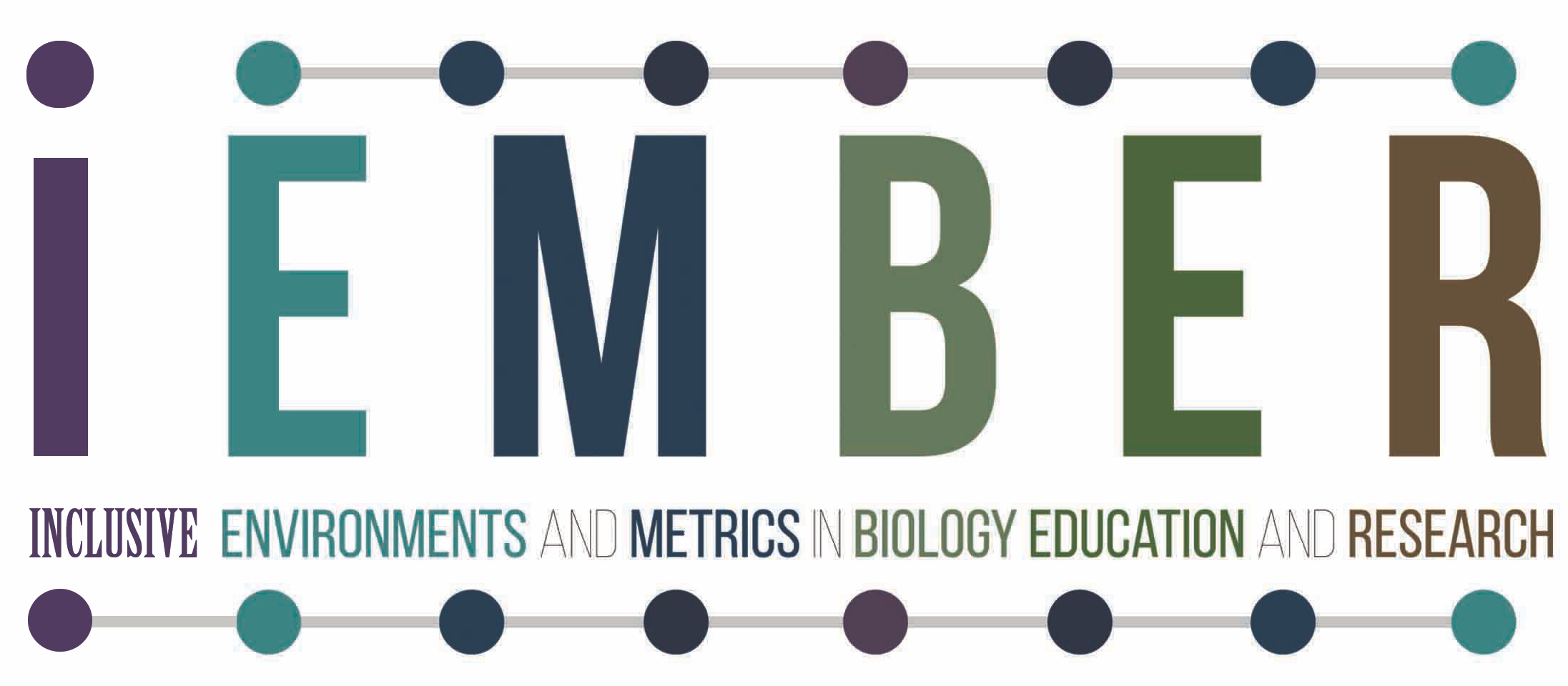Promoting Academic Success of Economically Disadvantaged, STEM-Interested, First- and Second-Year Undergraduate Students via the ACCESS in STEM Program at University of Washington Tacoma
Author(s): EC Cline1, Elin Bjorling2, Emily Cilli-Turner3, Joyce Dinglasan-Panlilio4, Jutta Heller4, Ed Kolodziej4, Annie Camey Kuo5, Marc Nahmani4, Amanda Sesko4, Mary Pat Wenderoth6, Ka Yee Yeung4
1. UW Tacoma SAM 2. University of Washington 3. University of La Verne 4. University of Washington Tacoma 5. Stanford University 6. University of Washington Seattle
813 total view(s), 179 download(s)
Summary:
At the University of Washington Tacoma (UWT), a public, predominantly undergraduate, minority-serving institution (Asian-American, Native American, Pacific Islander, AANAPISI), the Achieving Change in our Communities for Equity and Student Success…
Contents:
Cline UWT SSTEM thumbnail.png(PNG | 1 MB)
iEMBER Cline 6_25_2022 FINAL.png(PNG | 1 MB)
- License terms
Description
A poster presenting outcomes from the University of Washington Tacoma NSF S-STEM program, Achieving Change in our Communities for Equity and Student Success (ACCESS) in STEM.
Cite this work
Researchers should cite this work as follows:
- Cline, E., Bjorling, E., Cilli-Turner, E., Dinglasan-Panlilio, J., Heller, J., Kolodziej, E., Camey Kuo, A., Nahmani, M., Sesko, A., Wenderoth, M. P., Yeung, K. Y. (2022). Promoting Academic Success of Economically Disadvantaged, STEM-Interested, First- and Second-Year Undergraduate Students via the ACCESS in STEM Program at University of Washington Tacoma. Inclusive Environments and Metrics in Biology Education and Research (iEMBER), QUBES Educational Resources. doi:10.25334/QB44-MB78
